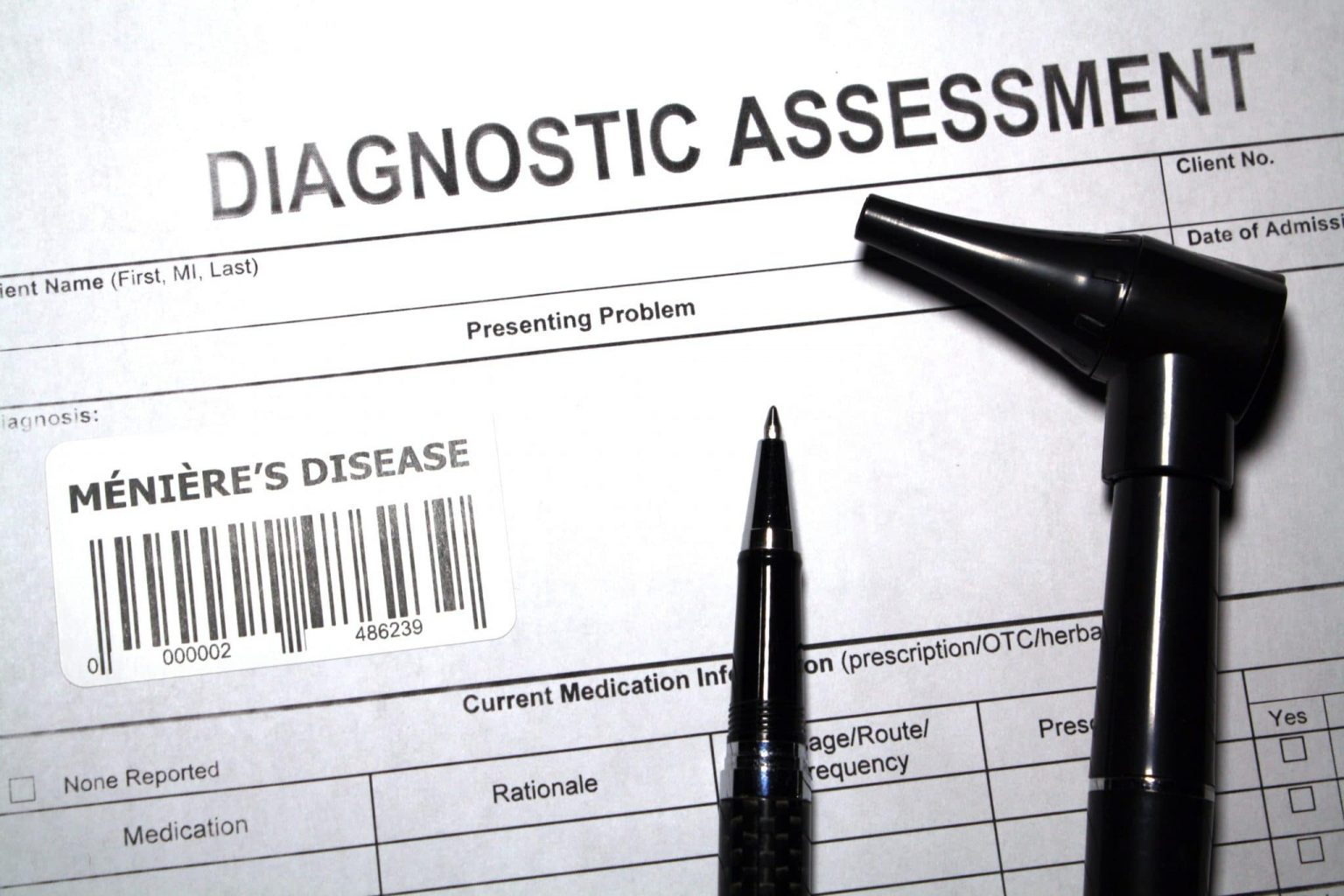
The operation to remove tonsils or a tonsillectomy has declined in popularity in recent years, and it’s all thanks to some well-placed advances in medical science. However, the tonsillectomy remains infamous, and plenty of kids still require this procedure.
A Quick Look
Why did the tonsillectomy use to be so common? It all comes down to the job that the tonsils do in the immune system. Tonsils are the first line of defense when it comes to bacteria, inflammation, and discomfort that often accompany strep throat. While the tonsils are usually capable of handling this work, complicated or recurring strep throat symptoms can weaken the tonsils–and this can lead to abscesses and even sleep apnea. That’s why it’s important to take care of the tonsils, and for some people, that can mean having a tonsillectomy. However, when a child is the one having the procedure, there are some unique considerations that can make the aftercare process easier–both for the patient and for the parents!
Aftercare
What do you do for your child after a tonsillectomy? Let our Pediatric Otolaryngology experts explain!
- Rest. Rest is an important part of any healing process, and tonsillectomy aftercare is no exception. Make sure that the child’s head is kept elevated, and activity and excitement should be minimized.
- Meals. Because nausea and vomiting are common symptoms after a tonsillectomy, it’s especially important to manage meals carefully. The throat will likely be tender; food should be light, room-temperature, and easy to chew and swallow, like milkshakes, broth, and yogurt.
- Medication. Medication after a tonsillectomy is common, and will usually come in the form of an antibiotic and some form of pain management pill. It is important that these medications are taken right on schedule. (Also be sure to keep an eye out for signs of allergic reaction–swelling, redness, hives, etc.)
Interested in more information on tonsillectomy aftercare? Looking for Pediatric Otolaryngology experts? Contact us at (208) 336-4368 today!